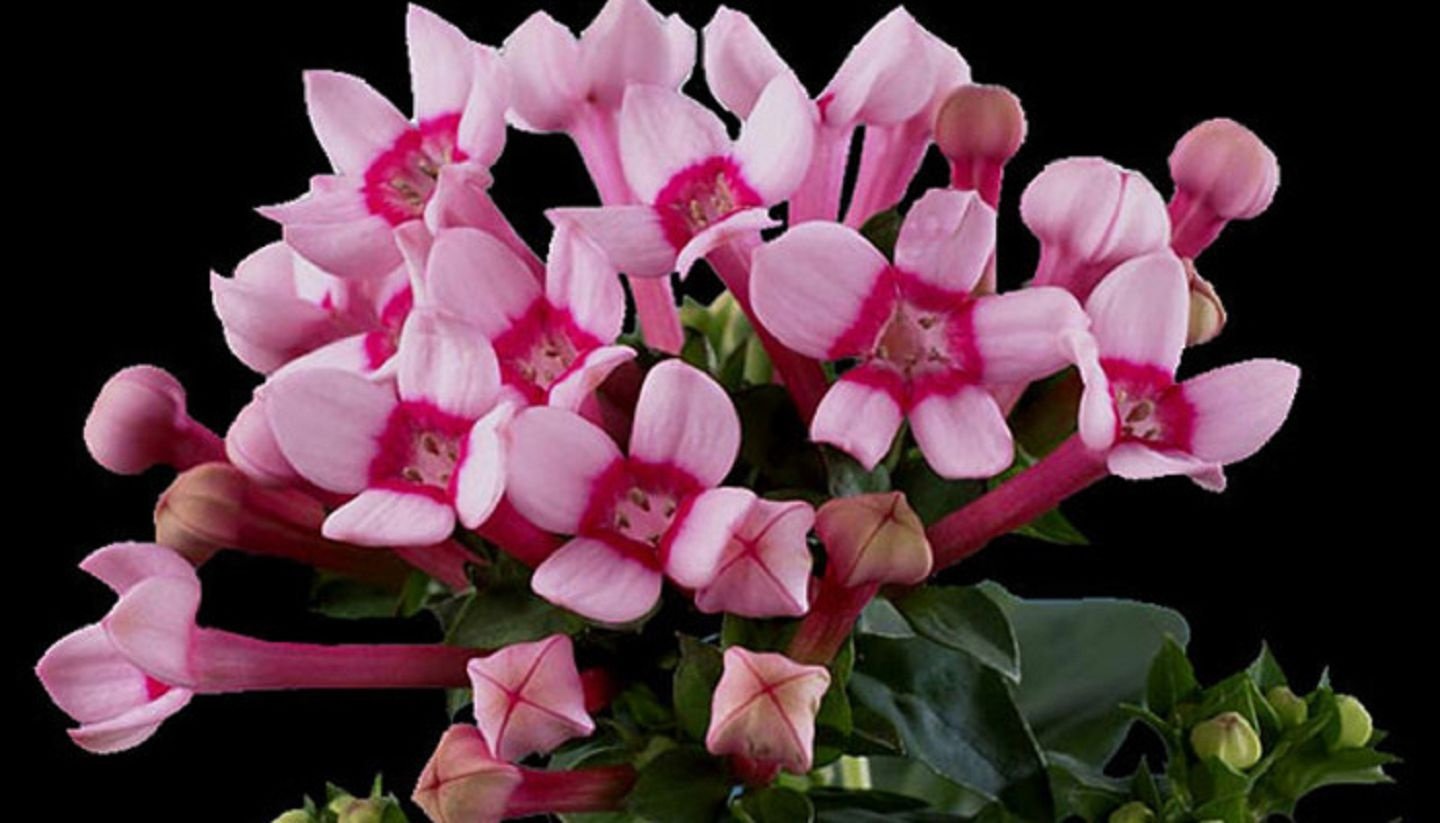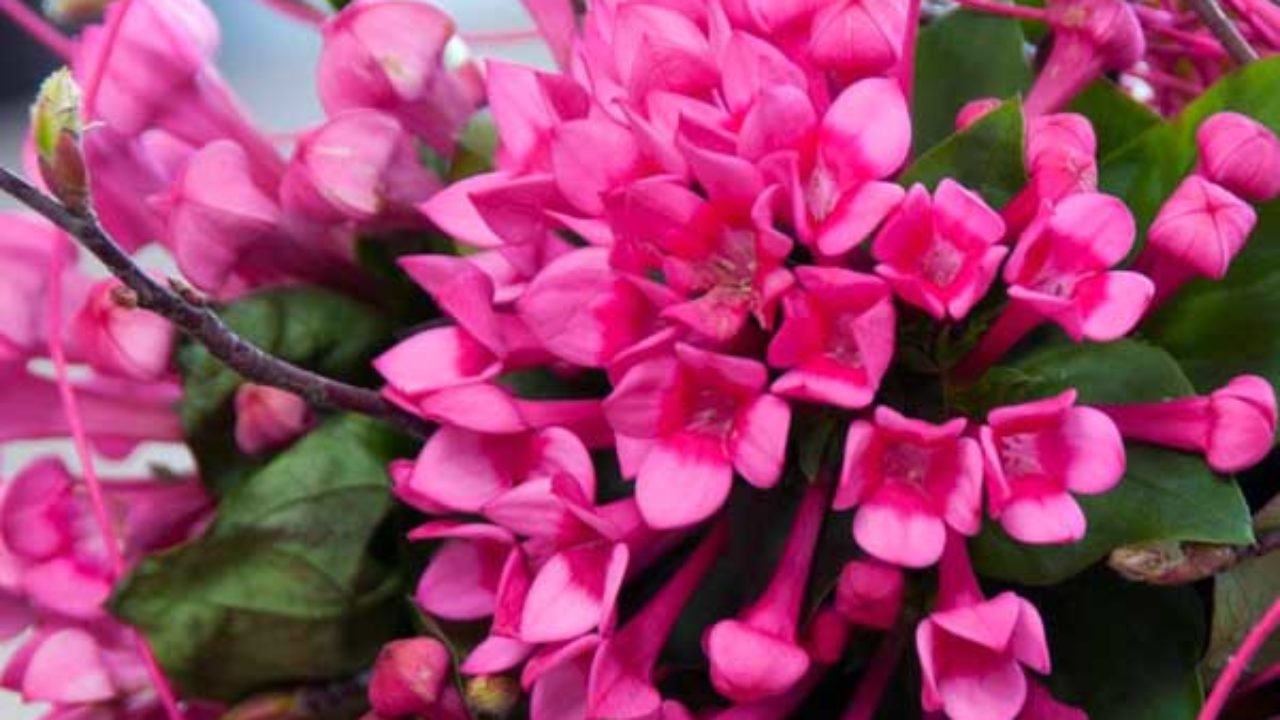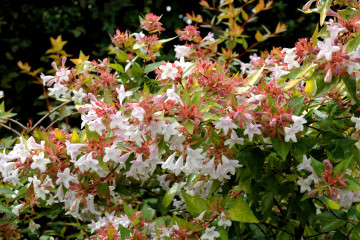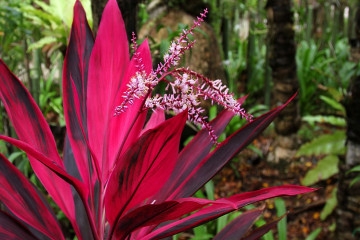Bouvardia flower: home care and propagation methods
In order to make the house comfortable, people decorate the room, often using fresh flowers for this. They can live both on a windowsill and on a table, shelves, etc. The article tells about a wonderful flower - bouvardia. It is a compact evergreen shrub that has been cultivated for over a century and has become very popular among exotic flower lovers.
Main types
Bouvardia is a mix of 30 species of flowers from the Madder family. The most popular grown by gardeners are:
- Long-flowered. A fragrant plant, the height of which reaches 90 cm. Stems and flowers are longer than all other species. Leaves are opposite, thin, oblong. The color is white or light pink. The flowers are spaced apart.
- Yellow. A species that flaunts its bright yellow color and lanceolate leaves. The flowers fit tightly to each other.
- Smooth-flowered. Reaches only 60 cm in height. Egg-like leaves look good with a corymbose inflorescence. The color ranges from bright orange to deep red.
- Home. A small shrub (up to 30 cm) with spherical inflorescences, where flowers flaunt from pink to crimson shades.
- Jasmine-flowered. A small flower (up to 30 cm), which attracts with the density of white flowers. The smell differs from other representatives by notes of jasmine.
Any type of bouvardia is very beautiful, so gardeners love to decorate their plot with them. They are also popular with breeders who breed new varieties to improve color, shape and flavor.
Bouvardia flower: home care
Each plant needs care, but against the background of others, the bouvardia flower is unpretentious.
- Temperature
Room temperature (20-25 degrees) is suitable for bouvardia, so it will feel good in the house.
However, in winter it is better for the temperature to drop to 12-15 degrees. If the owners live in a private house, then in the summer the plant can be safely taken out into the street or veranda.
- Humidity
You do not need to spray the flower, sometimes you can wash it from dust. The procedure is not considered regular and is carried out as needed or at the request of the owner.
- The soil
The land can be bought - the store is suitable for ornamental flowering plants.
Another option is to mix it yourself, taking leafy, light soddy soil and sand in a 2: 2: 1 ratio.
- Watering
Water sparingly, otherwise the plant will start to rot. You can understand that the time has come by looking at the top dry or wet layer.
In the cold season, watering is reduced by one and a half to two times.
- Lighting
A lot of light is needed for bouvardia. Flowers won't develop without it, so windows that face north would be a poor growing option.
Plant transplant
Although the plant is considered perennial, it is re-grown every 2-3 years on average. The transplant is done in the spring. The cuttings are rooted in fresh, clean soil and then cared for as usual.
In winter, bouvardia can stretch out. It will need to be cut, and not sparing. Otherwise, in the spring, it may simply not bloom. Pinning is also beneficial.
Reproduction
You can propagate bouvardia by dividing a bush or cuttings. The first method does not matter, because it is extremely difficult for ordinary people. At home, they give priority to the second.
Apical cuttings root easily both in soil and in water. The temperature should be at room temperature. Adding liquid fertilizer is beneficial.
Aphids and spider mites can harm the plant. However, this is very rare. Pest control involves the use of specialized store-bought chemicals.
Bouvardia is a flower that you want to grow because of its simplicity, beauty and aroma. It does not need serious maintenance and therefore attracts the attention of novice flower lovers. It is also important that the plant is available for purchase, because florists often use it to form bouquets.


















